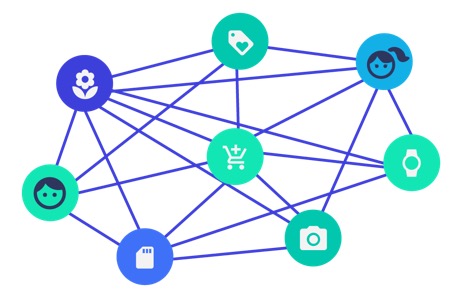Product recommendations is something most people have seen. Some of the most known examples are Netflix movie recommendations and Amazon product recommendations. Entire companies have this as their core offering – helping other companies do it better. But with a little help from AI, doing this well has now become much easier than before. Many companies also have or are planning to incorporate this into their marketing or selling strategies. And for obvious reasons. Showing attractive additional products or packages is often a good way to increase sales.
Traditionally this has been a purely statistical or analytical operation: “on the web page for product X, recommend things that product X buyers also bought”. This is a nice and simple way to start if you have never done recommendations before. But if you wanted to apply AI to this problem – could you? The not so surprising answer is “you could and you should”! As always you want to collect lots of examples to train your AI including things like this:
- Current product name (on the current web page)
- Current product price
- Visitor total time on website
- Pages visited before current page
- Geographical location of visitor
- Total visitor purchase history
With this information the AI will be able to learn the best additional product suggestions for each main product.
Why do this
When your customers have found something that they want, why not help them to find valuable and useful extra products? This could be a great service for your customers that set you apart from your competition. Of course this is by no means an act of altruism – since you will sell more and make more money. So it is a win-win situation!
How do I get started
A good way to get started with this is to pick out some high-volume products. Because the volumes are high you can set up A/B-testing which means that for some customers you show recommendations and for the others you don’t. You now have a way to compare the impact of the recommendations. You also limit the effort required to collect data and train the AI, and you will only affect a part of your business (“small blast radius”). Due to the law of large numbers you can have higher confidence in the results than if your product sells only a small number of items, since as the number of purchases grows the observed effect gets closer and closer to the “truth”.
This could be a rather big project depending on your internal-IT and general IT-maturity. But if you just want to “get it out there” there is a shortcut.
The fast way to get started is just a few steps away:
- Find the data
- Train and deploy your model
- Insert some code in your product webpage
- Done.
This is such a standardized service that almost all major cloud providers offers this via API integrations, here are a few:
- AWS Personalize
- Google Recommendations AI
If you want to learn more about AI please visit: praktisk.ai



